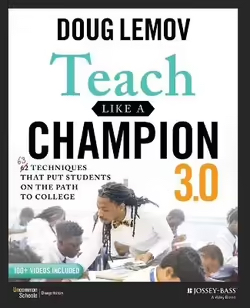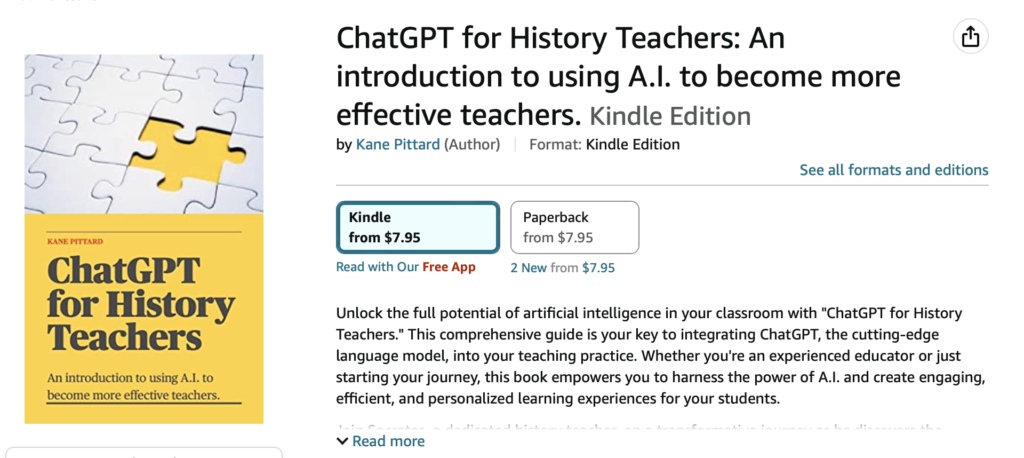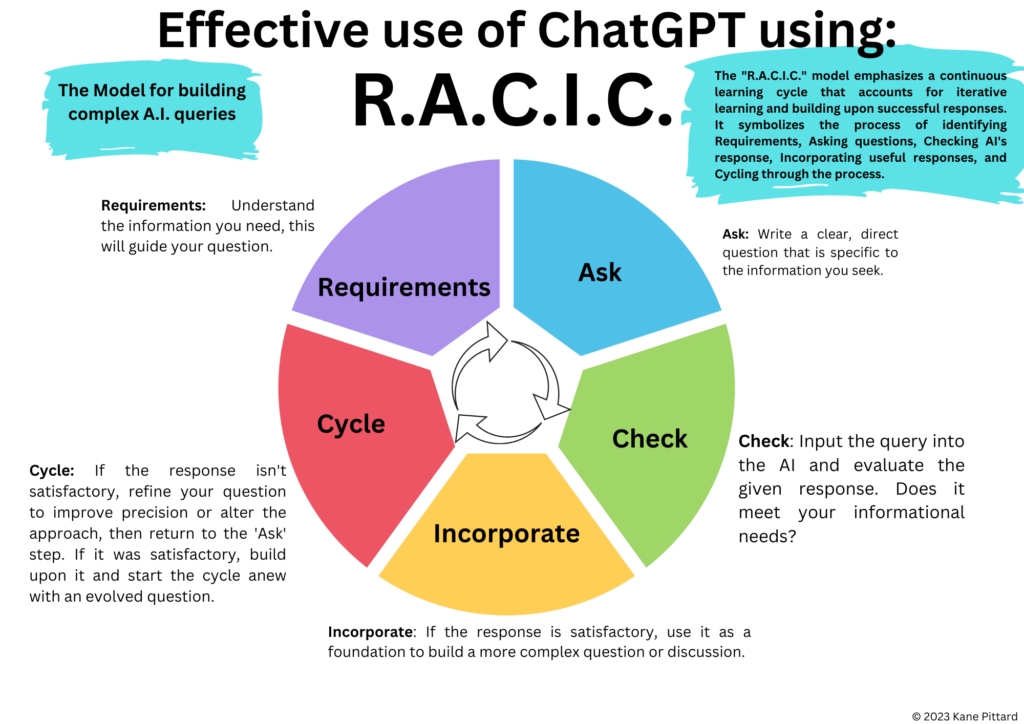
As a new teacher, I was feeling overwhelmed with the many responsibilities and challenges that come with the job. I knew that I needed to develop my teaching practice in order to be effective and make a positive impact on my students. That’s when I came across the book “Teach Like a Champion” by Doug Lemov. Available from Amazon: https://amzn.to/3WMAmPE
As I began to dive into the book, I quickly realized that it was unlike any other teaching book I had read before. Lemov’s approach is rooted in research and is supported with the real-life experiences of successful teachers. He provides practical, concrete strategies that can be easily implemented straight away in the classroom.
One of the strategies that I found particularly helpful was the “cold call” technique. As Lemov states in the book, “Calling on students at random, rather than waiting for volunteers, creates an environment in which all students are expected to be ready to participate and all students are engaged” (Lemov, 2010, p. 59). This technique helped me to create an environment where all students were engaged and active learners. It also helped to prevent students from tuning out and becoming disengaged.
Another strategy that I found valuable was the “do it again” technique. This involves repeating a task or activity multiple times, in order to solidify the learning and ensure that students have truly mastered the material. Lemov explains that this is particularly effective for teaching complex concepts or skills. He states that, “When students do something multiple times, they internalize it, make it their own, and are able to use it independently” (Lemov, 2010, p. 73). This strategy helped me to ensure that my students were truly mastering the material and it helped me to be more effective in my teaching.
Other proven strategies you can explore with more specific direction, with supporting video examples for many of them are:
“Right is Right” technique:
- Emphasising the importance of getting the correct answer, rather than just participating, encourages students to think critically and strive for accuracy. (p. 81)
“No Opt Out” technique:
- Making sure that every student is challenged and engaged in class by eliminating the option for students to opt out of class participation. (p. 89)
“Wait Time” technique:
- Pausing for a few seconds after asking a question to give students time to think and respond, rather than quickly moving on to the next question. (p. 97)
“Check for Understanding” technique:
- Continuously checking for understanding during a lesson to ensure that students are following along and to make adjustments as needed. (p. 105)
“One at a Time” technique:
- Having students work through problems or tasks individually before discussing or sharing with the class, to prevent confusion and ensure that each student is fully engaged. (p. 113)
“Round Robin” technique:
- Having students take turns sharing their answers or ideas, rather than allowing one or two students to dominate the conversation. (p. 121)
“Non-verbal Signals” technique:
- Using non-verbal cues, such as pointing or nodding, to indicate that a student is on the right track or to encourage participation. (p. 129)
“Direct Instruction” technique:
- Clearly and explicitly teaching the material, rather than assuming that students will automatically understand. (p. 137)
“Leading the Game” technique:
- Setting clear expectations and rules for class behaviour, rather than letting the class set their own rules. (p. 145)
“Positive Framing” technique:
- Framing instructions or feedback in a positive manner, rather than negative, to encourage students to be more receptive. (p. 153)
“No Warnings” technique:
- Taking immediate action when a student misbehaves, rather than giving warnings, to maintain classroom discipline and respect. (p. 161)
“Call and Response” technique:
- Using a call-and-response format, where the teacher says a phrase or question and the students respond, to ensure that all students are paying attention and participating. (p. 169)
“No Excuses” technique:
- Holding students accountable for their actions and decisions, rather than making excuses for them. (p. 177)
One of the things that I appreciate most about “Teach Like a Champion” is that Lemov doesn’t present a one-size-fits-all approach. He recognises that every teacher and every classroom is unique, and he encourages readers to adapt the strategies to their own teaching style and context.
“Teach Like a Champion” has been an invaluable resource for me as a teacher. The strategies and principles outlined in the book have helped me to become a more effective and confident teacher. I would highly recommend this book to any teacher, whether they are new to the profession or have been teaching for years.
If this interests you as a new teacher or one looking to refresh on those cores techniques, you can obtain it from Amazon: https://amzn.to/3WMAmPE
References: Lemov, D. (2010). Teach like a champion: 49 techniques that put students on the path to college. Jossey-Bass.


